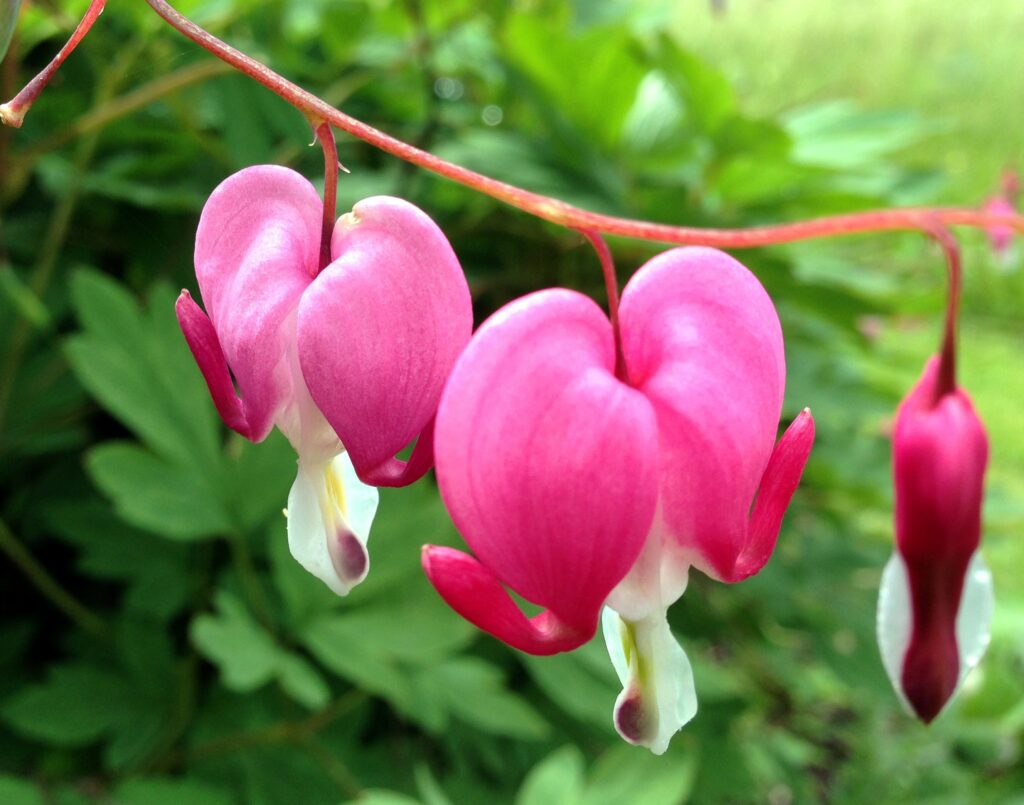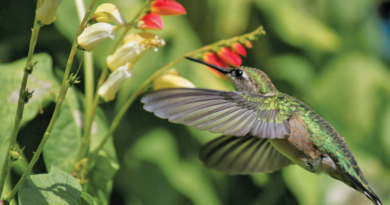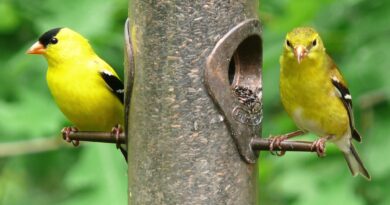Dissecting Bleeding Heart
By Shauna Dobbie
My grandmother had a big bleeding heart in her garden, next to her front door. As a child, I was fascinated by that plant. I would sneak a bloom when she wasn’t looking and hide away with it, feeling the puffiness of the pink part and eventually peeling off the deep pink legs. I loved them.
Today… well, I’ve never owned one. But I should. The problem is that my garden is tiny, and I cannot justify a plant that only occupies space for a couple of months in spring. But I had a poppy and I have peonies (which at least keep their leaves for quite a while), so I should add a bleeding heart.

The old-fashioned plant that was once know among botanists as Dicentra spectablilis is now Lamprocapnos spectabilis. Spectabilisis the only species in Lamprocapnos, and the rest of the bleeding hearts are still Dicentra. I guess the distinction is important to botanists, but to the rest of us, it just makes it harder to talk about bleeding hearts.
The most interesting thing about these plants is the form of the flower. It is actually made up of four petals: two outer petals, which are pink and form the heart, and two inner petals that you can just see below the heart, like a dagger. The pink petals are fused at the stem end, then curve apart into two legs. At first the legs enclose the white inner petals, then as the flower matures, they divide back, reflexively curling toward the heart. The white petals stay fused, and inside of them—you can just see it through a slit if you look closely—are stamens and a pistil. If you peel back the inner petals, you can see the ovary at the base of the stamens and pistil, where the seeds are formed.
Hummingbirds can get at the nectar in bleeding hearts with their long narrow tongues and they are the main pollinator. Ants are a major vector in dispersing the seed once it is formed because the seeds have elaiosomes, which are caps of lipids and proteins, attached. Ants take these seeds to their larvae so the young ants can consume the elaiosomes, then dispose of the rest of the seed in their disposal area. The ant disposal area is full of nutrition for the future plant and the seed sprouts there. Ingenious, eh?




